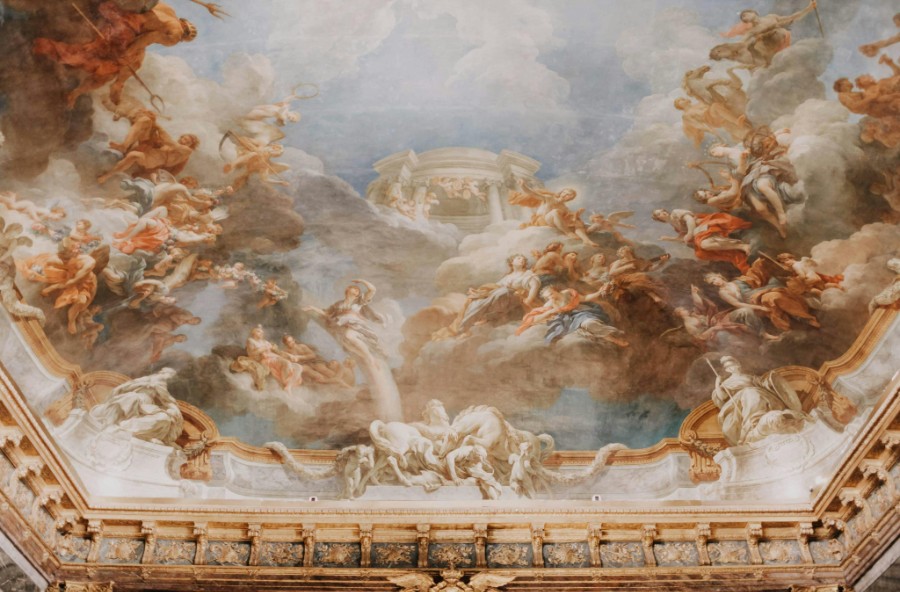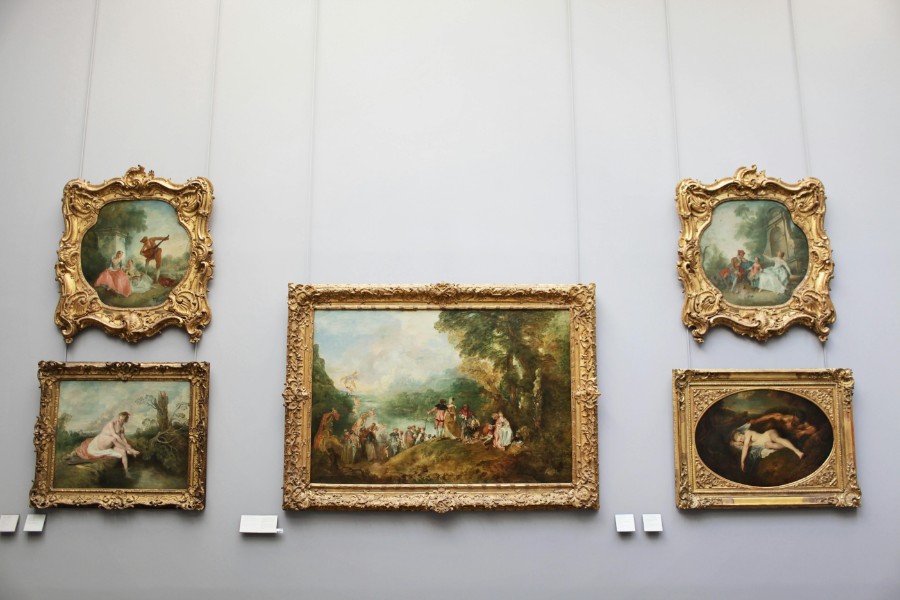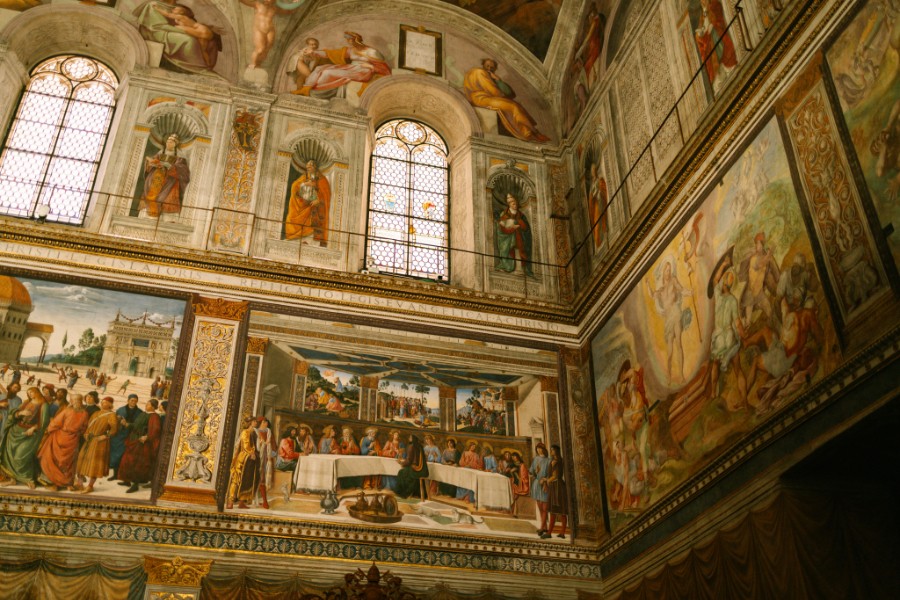Introduction: The Timeless Art of Mastery
This article explores how Classical Painters Achieved Realism, Painters such as Leonardo da Vinci, Rembrandt, and Caravaggio achieved depth and realism, contrasting these approaches with the broader strokes and symbolic representations often embraced by modern art. In doing so, we’ll delve into the psychology of art, how these classical methods impact viewers’ cognitive functions, and their lasting influence on cultural identity.
Classical art has stood the test of time, captivating generations with its ability to convey depth, realism, brushstrokes of brilliance and emotional complexity. While modern art has sought simplicity and abstraction, classical painters dedicated their careers to perfecting techniques that allowed them to achieve a level of realism that feels almost tangible. These artists worked painstakingly to capture the human experience, utilizing advanced skills and tools that set the foundation for much of today’s artistic principles.
The Foundation of Classical Art: Precision and Detail
Classical painters focused on capturing life in its purest form. Their work was characterized by meticulous attention to detail, balance, and harmony. Masters like Leonardo da Vinci employed techniques such as chiaroscuro, a method of using strong contrasts between light and dark to give the illusion of depth, making their subjects feel alive.
Artists during the Renaissance used mathematical principles to map out their compositions, ensuring that every element of their painting contributed to the overall message. The famed “Golden Ratio,” for instance, became a cornerstone of compositional balance. For these masters, the aim was not just to create beautiful art but to mirror the complexity of the real world.
Masterful Techniques: Layering, Glazing, and Perspective
The depth and realism we admire in classical art are not just results of talent but also advanced techniques. Layering and glazing are methods that allow artists to gradually build up textures and tones. Layering involves applying thin coats of paint, creating a smooth transition between light and shadow, while glazing involves applying translucent layers of paint to give surfaces a luminous quality.
Perspective was another pivotal advancement in classical painting. Linear perspective, introduced by artists like Brunelleschi and perfected by Masaccio, allowed painters to depict space realistically, drawing the viewer into the world of the painting. This method, alongside foreshortening—the depiction of objects receding into space—allowed classical artists to create dynamic compositions that evoked emotional responses and invited introspection.
In contrast, much of modern art, especially movements like Impressionism and Cubism, often reject these principles of realism. Instead, modern artists focus on expressing inner realities, emotions, or societal critiques, favoring abstraction over illusion.
Classical vs. Modern Art: A Philosophical Debate
When comparing classical and modern art, it becomes clear that the goals of each movement are fundamentally different. While classical artists were concerned with mimesis—the imitation of the real world— modern artists often strive to evoke and convey emotions without following any rules.
Classical art evokes a sense of reverence for the technical mastery and dedication required to achieve such realism. The painstaking accuracy with which human anatomy was portrayed in works like Michelangelo’s David or Raphael’s School of Athens is unparalleled. Modern art, however, emphasizes personal interpretation and emotion rather than technical skill.
Movements like Abstract Expressionism or Dadaism seek to dismantle traditional techniques, focusing instead on spontaneity, chance, or irrationality. Modern artists often argue that classical art, while visually stunning, is limited in its ability to challenge the viewer’s perceptions or provoke introspection.
The Psychology of Classical Art: Evoking Cognitive and Emotional Responses
Classical art’s ability to evoke profound emotional and cognitive responses can be tied to the psychology of visual perception. When viewing a work by Rembrandt, for example, the mastery of light and shadow not only creates a sense of depth but also leads the viewer’s eye through a narrative, allowing for an emotional connection with the subject matter.
This contrasts with the often fragmented, deconstructed nature of modern art. Classical art, in this sense, can be seen as more approachable and universal, speaking directly to the human experience through its realism and storytelling.
Research into art’s impact on the brain has shown that realistic depictions of the human form activate the fusiform face area, a part of the brain specialized for recognizing faces. This may explain why viewers often find themselves more emotionally connected to classical art.
Societal Influence: Classical Art’s Enduring Legacy
The legacy of classical art is evident in its enduring presence in modern culture. From architecture to fashion, the principles of balance, harmony, and realism continue to influence creative industries today. Many of the world’s most iconic buildings, from the U.S. Capitol to the Louvre, are inspired by classical forms.
Moreover, classical art plays a role in education and cultural identity. Museums worldwide, such as the Louvre in Paris and the Uffizi Gallery in Florence, are dedicated to preserving and showcasing these masterpieces, ensuring their influence endures for generations to come. For modern artists, understanding classical techniques remains a rite of passage, grounding them in the history of their craft.
Conclusion: How Classical Painters Achieved Realism
Classical art represents the pinnacle of technical mastery and human creativity. While modern art seeks to explore new avenues of expression, the meticulous techniques of classical painters continue to inspire awe and admiration. By understanding the methods used by these masters, we not only appreciate the beauty of their works but also recognize their contributions to the ongoing evolution of art.
As modern artists and enthusiasts, we can learn from the balance, depth, and realism that defines classical art, while creating our own works. Ultimately, the genius of classical brushstrokes lies in their timeless appeal.



